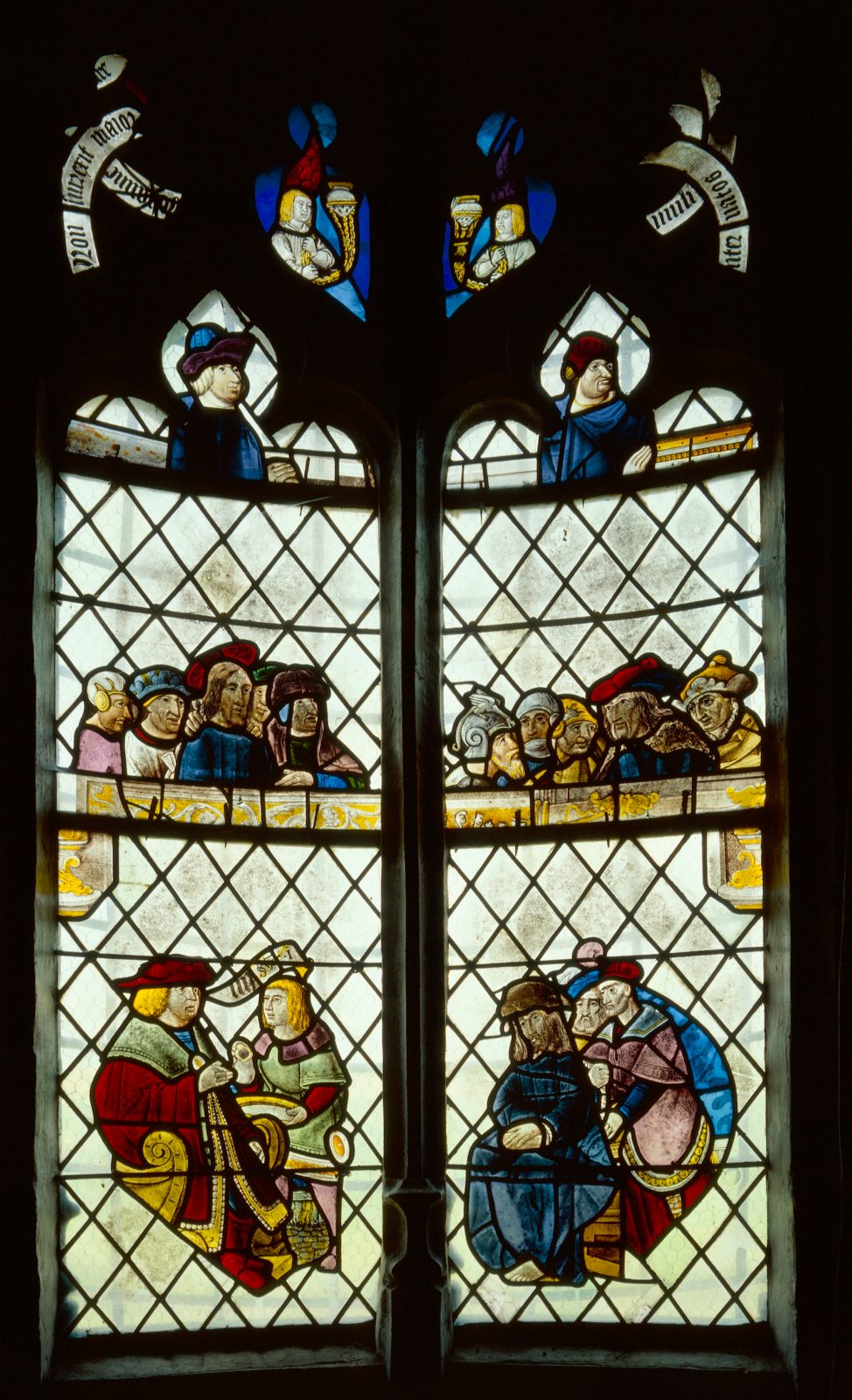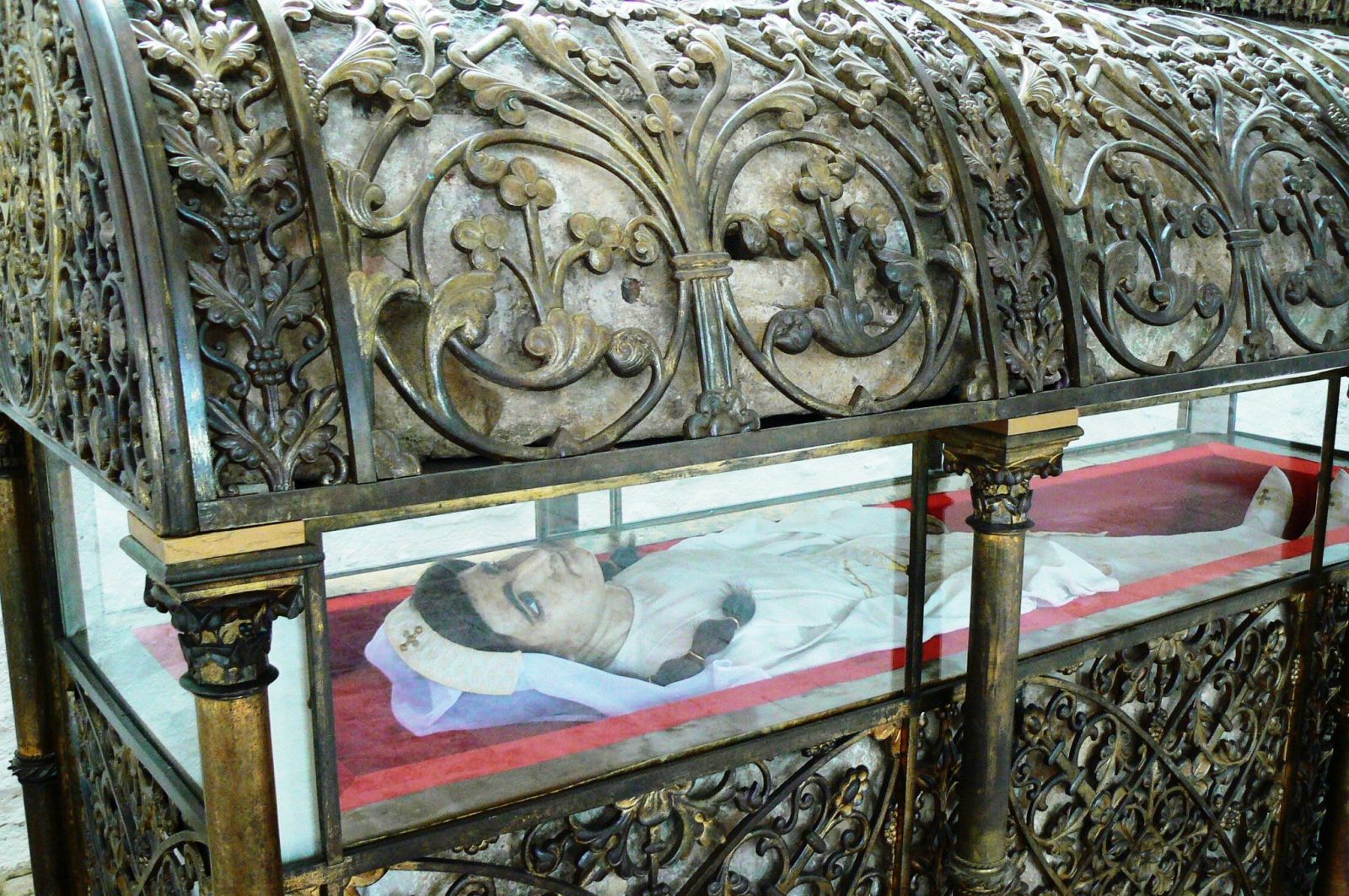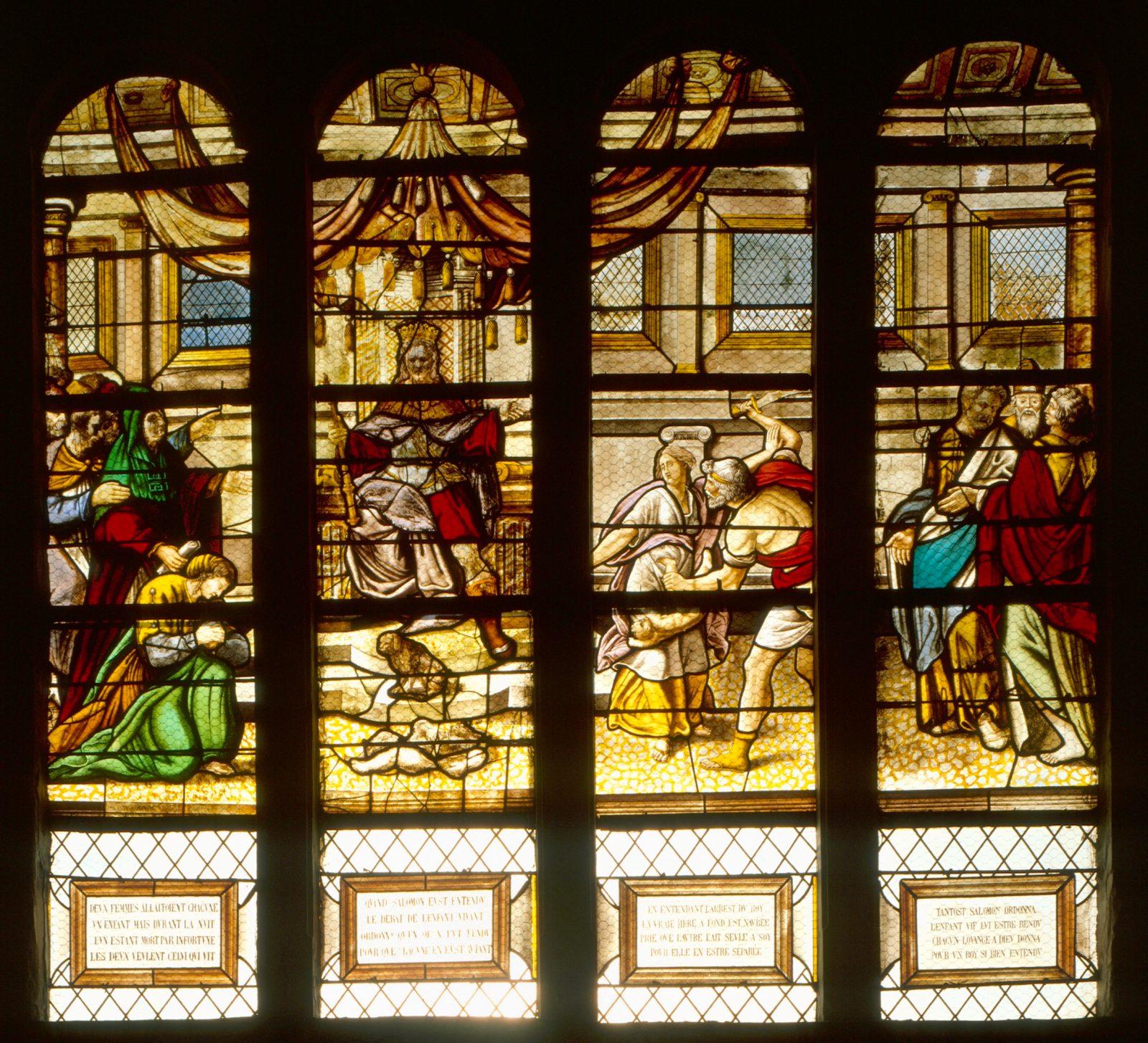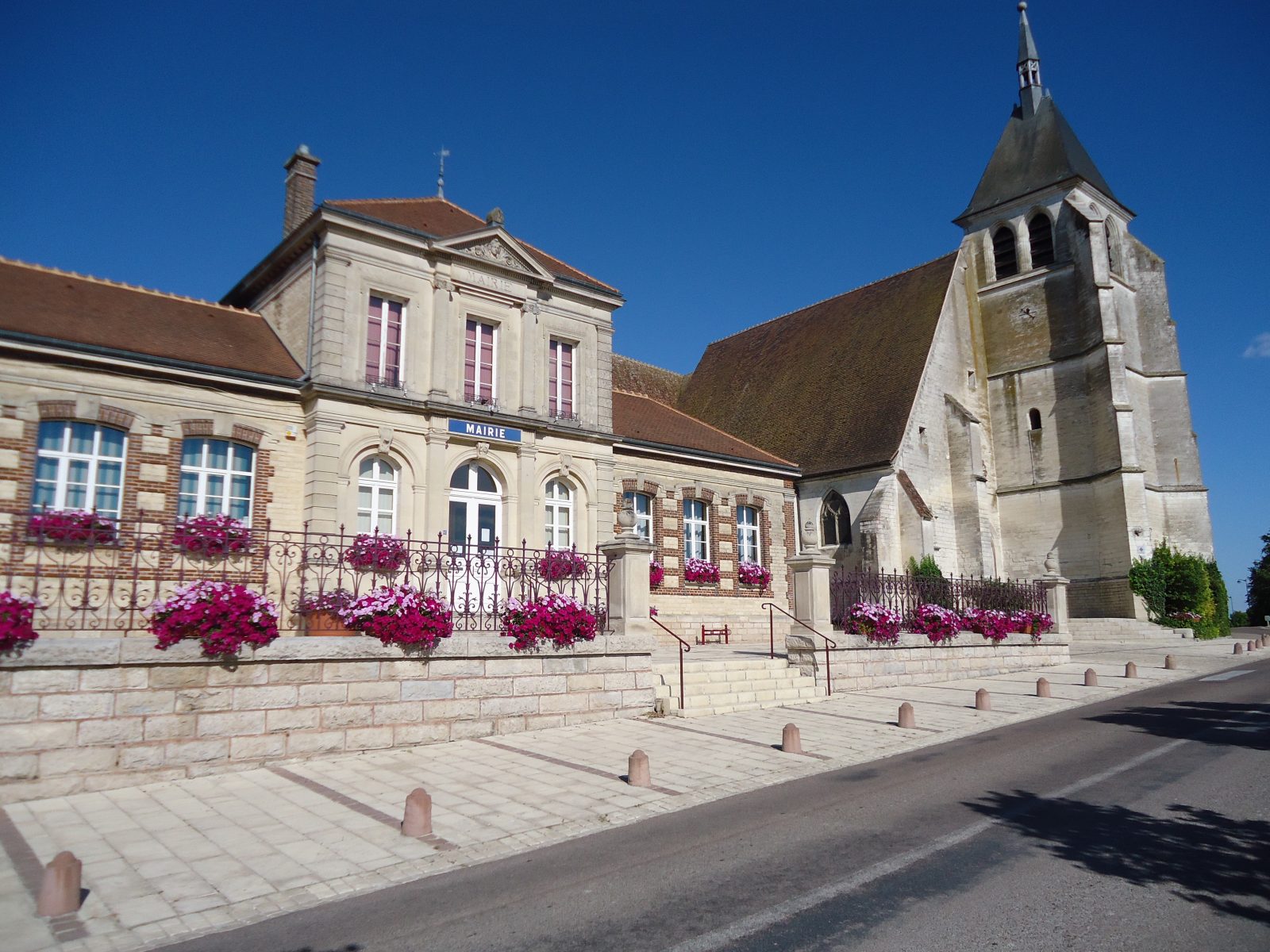About
The church of Sainte-Maure, in the commune of the same name, was named after Saint-Barthélemy until the pilgrimage to Saint Maure (a saint who lived in the 9th century) became more widespread.
Built from west to east, the edifice was erected in two phases. The massive bell-tower at the front is probably the oldest element, predating by a small margin the four-bay nave with aisles, which date from the 15th or early 16th century. The whole structure is covered with ogives. The eastern sections - choir and three-bay hall transept - are covered with cant, lierne and tierceron vaults, higher than those of the nave, and end in a three-sided apse. They were completed in 1546. The earliest stained-glass windows (1st quarter of the 16th century) are located in the nave's north aisle, and are contemporary with or slightly later than the nave's construction. The early panels cover the spandrels and lancet heads. They were largely completed at the end of the 19th century, in particular with figurative roundels painted by the collector H. de Faucigny, Prince de Lucinge, and donated by his family in 1899. These panels are too fragmentary for an overall logic to be found in their iconography.
There are many representations of coats of arms, such as those of Odard Hennequin, Bishop of Troyes, or Nicolas Bizet de Troyes, Lord of Charley. It also features an abbot (Saint Léon) holding the martyr's palm, an Assumption, the martyrdom of Saint Sébastien and Christ on the Cross. In the transept is a second group of antique stained glass windows. The Trojan glass painter Linard Gonthier worked at Sainte-Maure, but it is not known on which bays. He is traditionally credited (circa 1600) with the Judgments of Solomon (bay 6) and the Tree of Jesse (bay 8). The latter, dated 1603, was probably a gift from Jean Thévignon, abbot of Sainte-Maure, commander of Saint-Antoine and chaplain to the king. Both windows were extensively restored at the end of the 19th century, with only the central lancet showing the Tree of Jesse remaining. Stained-glass windows dating back just a few years have been brought together in a large composite stained-glass window (bay 7), featuring donors presented by their patron saints. At the end of the 19th century, the Calvary and St. Moor (1888) and St. Bartholomew (1888) stained glass windows were added to the choir, by Chabrin (or Chabin?) and Virot respectively, along with the Litanies de la Vierge. Finally, in 1985, Sylvie Gaudin, also in charge of restorations, created the two decorative stained-glass windows surrounding the apse's central bay, which were restored and completed at the end of the 19th century. They were restored again in 1916. In 1972, the stained glass windows in the north arm of the transept were repaired by the Vinum workshop. Between 1981 and 1985, Michel Mauret of Heiltz-le-Maurupt (Marne) restored several windows.
On April 20, 1931, the church and stained-glass windows were classified as historic monuments (under the heading of buildings).
Contact volunteer Elisabeth Fevre (07 61 96 72 87).
Rate
Gratuit



